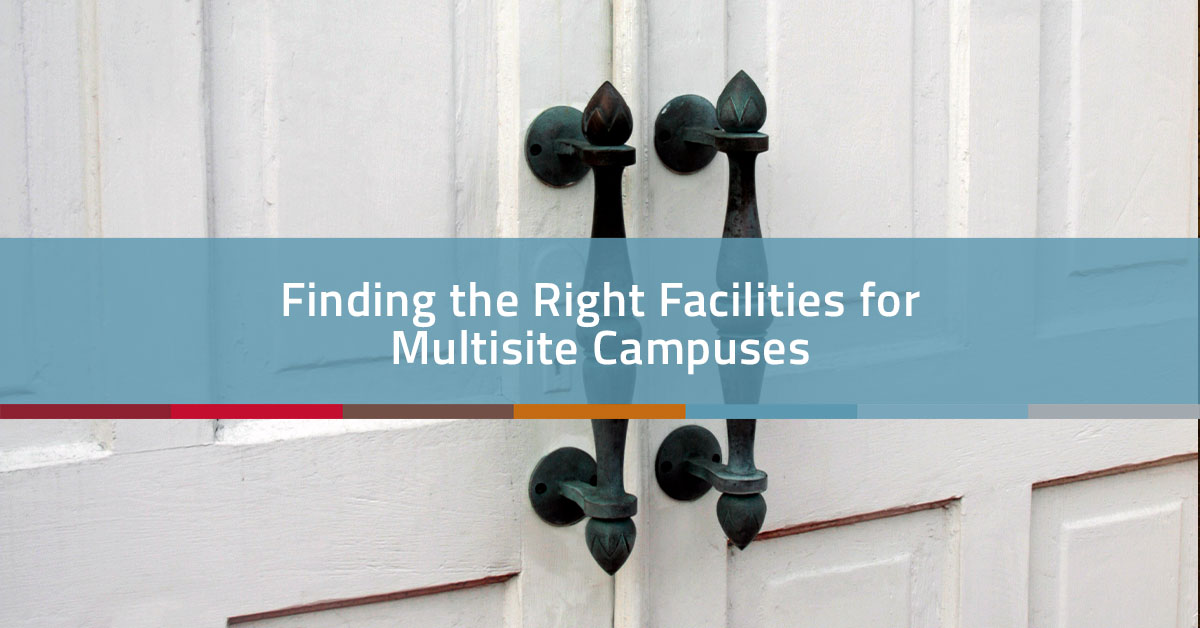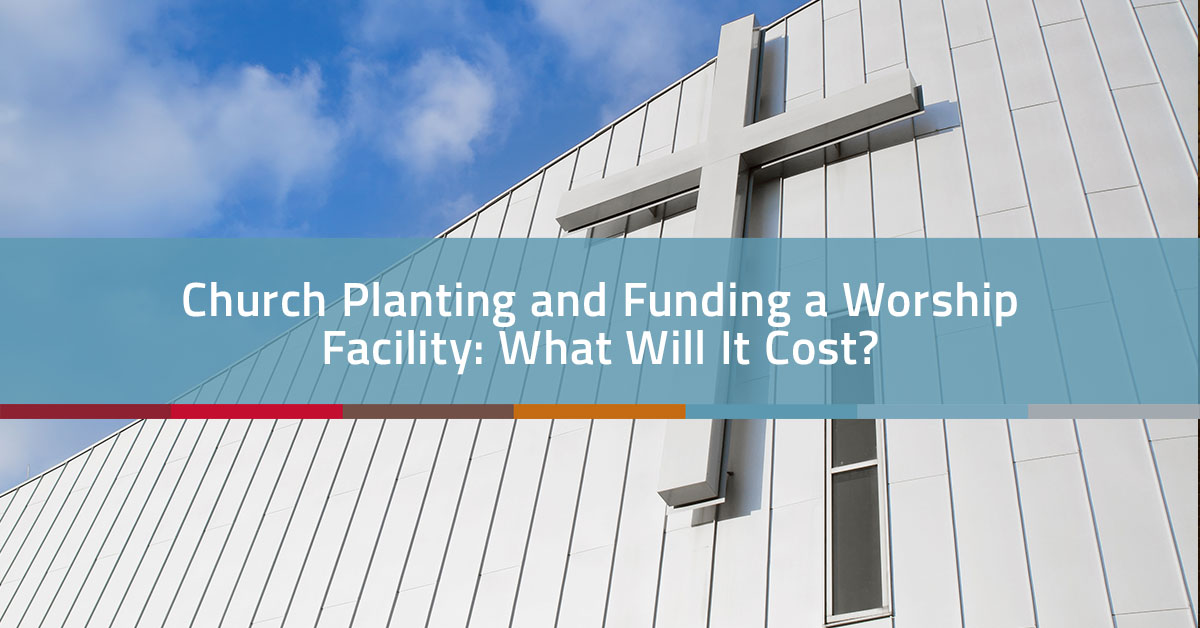
Today there are more than 5,000 multisite churches in America. That means that ten percent of Protestants attend a multisite church. Churches located in population centers of more rural areas are looking to multisite campuses as their strategy to reach more people.
As a church considers multisite expansion, they must be able to articulate WHY they are launching a multisite campus. We encourage church leaders to get guidance from the experts to evaluate the process and equip your team with the tools you need to launch effectively.
Jim Tomberlin and the Multisite Search
Jim Tomberlin pioneered multisite expansion in Colorado in the mid-’90s and has since used his experience and wisdom to serve churches through his company Multisite Solutions.
Jim tells churches that the #1 decision for a successful launch is finding the right campus pastor. Then, he says the biggest obstacle is finding the right church facility.
As a strategic partner, we help churches locate space as they prepare to launch. If you are planning to launch a multisite campus, here are things to consider as it relates to a facility.
- Define your Target Area – Before securing a facility, we need to determine the right target area. A general rule of thumb is to start a campus 15 to 30 minutes away from the sending campus. In a rural area, the campuses might be one hour away. The time and distance may vary based on the community you are in. In more rural settings, many of the people drive further distances to work throughout the week, so a long drive on a Sunday is not as big of an issue. We will help you think strategically and missionally about the right location and how it relates to the sending campus.
- Define your Budget – Most churches that are launching are keeping their ears open for opportunities. Looking for options to merge, rent, or purchase a church building are all front of mind. Like a church that is considering a relocation or expansion, you must begin with a budget in mind. Too many times, we have worked with a church that wants to launch a campus in a specific location, but they have not first determined what the funding mechanism or internal budget guidelines will be. Do this first, and you will be prepared the moment a great opportunity arises.
- Know the Market in the Target Area – Failure to understand the market in the target area is a critical mistake churches make when they announce they are going multisite. Securing a facility in one city may cost $500,000, while it may cost $2,000,000 in another town. Announcing to your congregation that you will launch in a city before knowing the market realities can set you up for a momentum-killing false start. Some churches are reluctant to start in a rented facility, and if that is your situation, then you need to know the market and the options available before announcing your launch.
- Patiently Prepare – Sometimes, visionary leaders want to launch and get started too quickly. It is not always right to go multisite. If you are in the middle of a building program or are planning towards an on-campus expansion, it may not be appropriate to send 100 to 200 people out to launch a campus. We had the privilege to serve The Village Church as we searched for their Plano Campus. As we searched, the leadership team and the Plano staff team waited patiently for the right building to come along. They did not wait passively. In the 24+ months that we searched for a facility, TVC grew to 53 home groups that met in homes in Plano and the neighboring cities. This enabled the Plano Campus to open in September of 2014, with 2,000 people attending the campus almost immediately.
- Start in a Rented Facility – Most multisite church campuses start in a rented facility. Are you prepared to launch in a school, hotel, or community center? Launching in a portable space is a great way to launch, and it allows you time to see what size facility you need. We highly recommend that you talk to our friends at Portable Church to learn how you can create YOUR space in a temporary venue. The team at Portable Church can equip you with what you need to make a portable space identifiable to your sending campus.
- Rule – “A temporary space does not have to be IDENTICAL to the sending campus, but it does need to be IDENTIFIABLE” – Scott Cougill, Portable Church
- Get the right tool – The building is a tool of your ministry. As we evaluate facilities, we need to know how the campus will function, and if other ministry programs need to happen on-site throughout the week. Will your campus be a full-fledged campus, or will it just be a venue?
Expanding to Multisite is Personal
In 2011, we wrote a post asking if multisite was a “strategy or a solution.” Many times, multisite searches began as a solution to a facility problem. Over the years, multisite has developed into a proven strategy to take the church beyond the walls of the existing building. It is often better stewardship to launch a campus than to build bigger buildings. So the answer may not be, Is Multisite a Strategy or a Solution; maybe the question needs to be more personal. Should your church go multisite? Is it a strategy for your church to reach more people with the Gospel? If it is a strategy for your church, then we implore you to begin with intentionality. Develop a plan and know why you are pursuing multisite. Seek wisdom and experience from those who have launched and develop a plan that is specific to your church.
Connect With Us for Help Buying a Church Facility
My friend Will Mancini from Auxano says it like this. “Vision transfers through people, not paper.” If you are preparing to launch, get the vision of your multisite strategy in the hearts of your people. This will allow your people to launch with you and take ownership of the vision to take the Gospel beyond a building. We encourage you to seek guidance from the leaders mentioned here, and if you are ready to develop your plan and consider your multisite facilities, then email us at 4phases@churchrealty.com for a free consultation.



